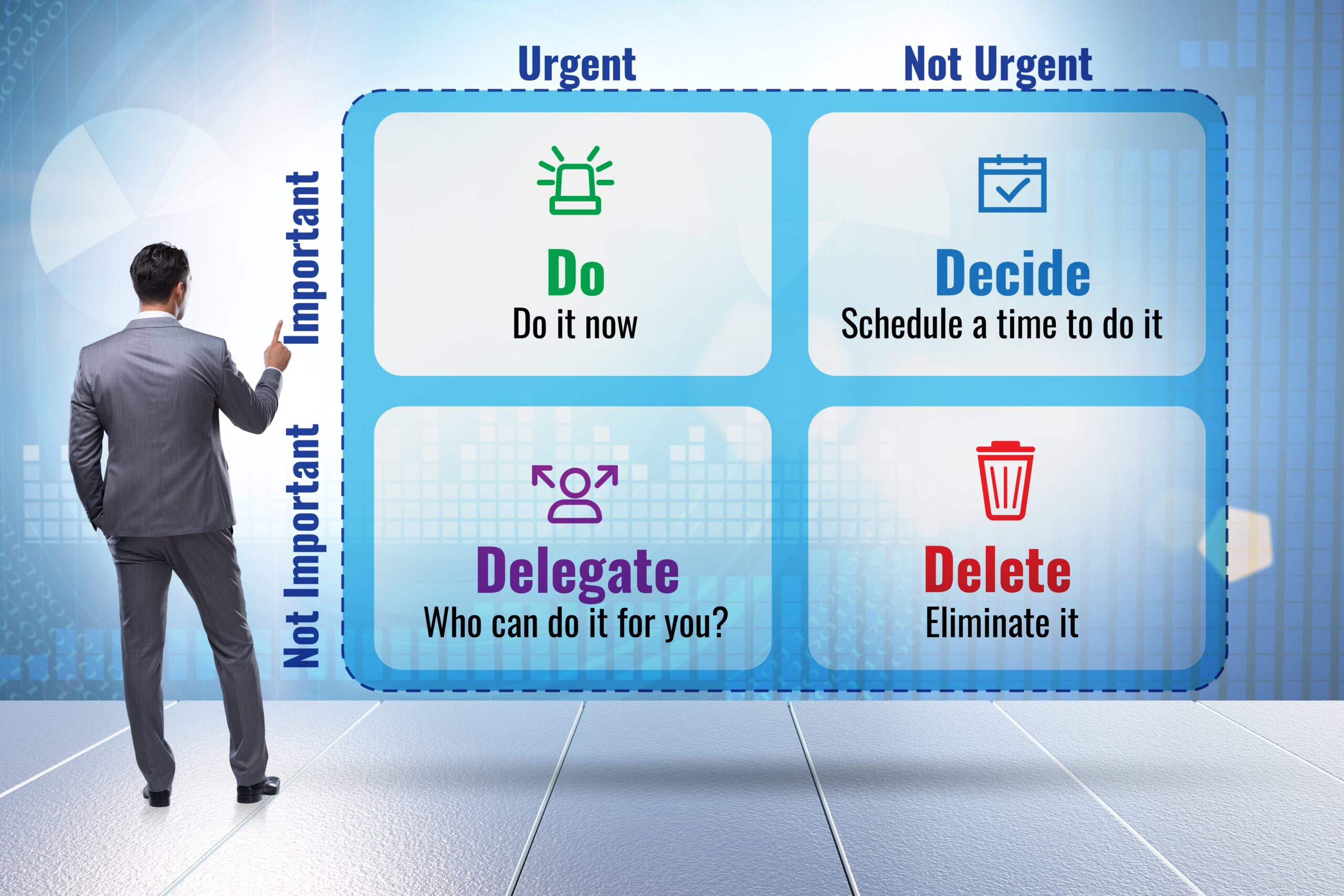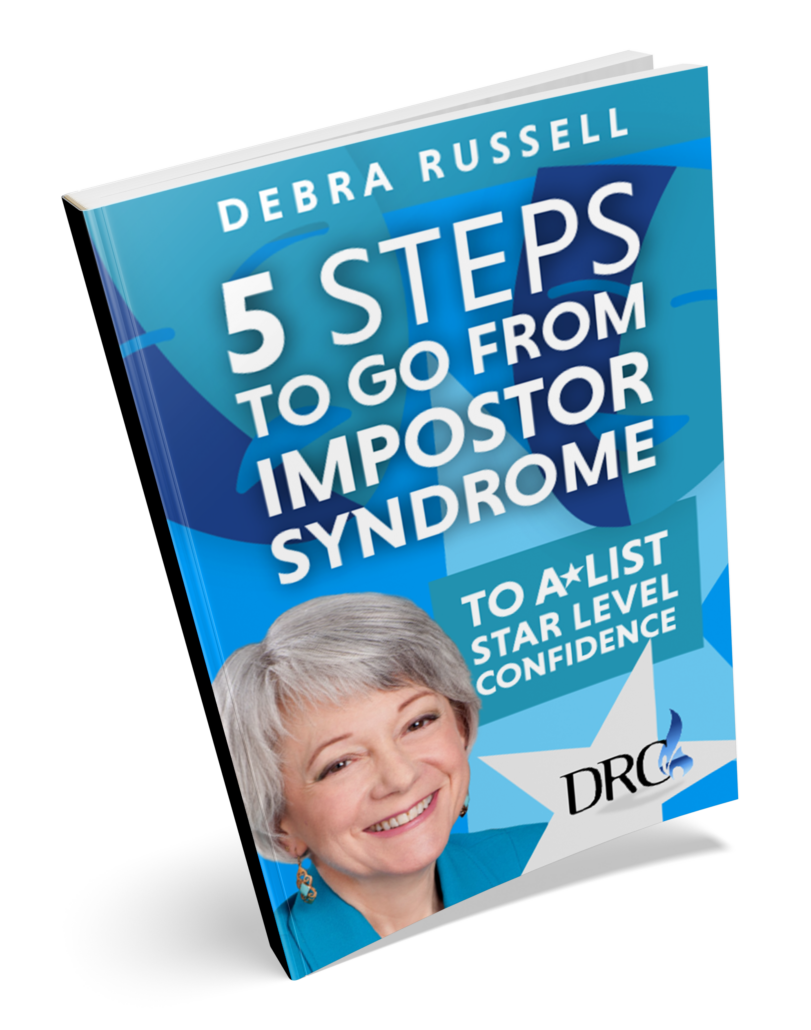Here it is a rainy March morning and as I sit down to write to you, I realize that I’ve been avoiding doing this writing for some time. Would you call this writer’s block? Perhaps. And it occurs to me, that writer’s block – or creator’s block for the purpose of this conversation, can look different for different people.
But if you endeavor to live a creative life, and even more so, make a prosperous living from your creative endeavors, feeling blocked around creating can be an unpleasant, even painful place to be. And of course, it just may get in the way of pursuing your dreams.
What Causes Writer’s Block or Creator’s Block?
Whether you are writing words, writing songs, painting, taking photographs, sculpting, designing jewelry or in any way creating on a regular basis, creator’s block can happen. Perhaps it shows up by being “too busy” with other things. Perhaps, you sit down and nothing comes – just blank. Or you get “distracted” by email, the phone, the dishes….
In my experience, most creative blocks are caused by one of three obstacles:
- Your inner critic,
- Your outer critics,
- And/or a lack of creative space – physically, temporally or emotionally (which leads back to the first two).
I’ve often heard from clients that they got blocked because they got a bad review or what they perceived as negative feedback and found they couldn’t create for months after. Has this ever happened to you? I’ve found that the artists most vulnerable to this are already fighting an inner critic and that external voice, especially from a mentor or someone you really respect, can just amplify the inner critic to the point where all creative juices stop flowing. For artist’s who have a strong internal supportive voice, external feedback becomes just that – feedback. Take what you can use, leave the rest.
When it comes to your environment blocking your creative endeavors, this can be tricky. There are so many ways in which your environment can act as a block – whether it’s your physical space (like the gardener who is right now outside with his leaf blower!), your temporal or time management, or your tendency to give other people’s requests for your time and energy more importance than your own creative priorities.
Learning to set up your environment to support your creativity is a key skill for any creative entrepreneur.
All of these issues can be summed up into one: the inability or unwillingness to prioritize yourself – prioritize your needs, your values, your beliefs, your own inner voices and muses.
That’s not to say you shouldn’t be open to other people’s needs or constructive criticism, but if their needs and voices are drowning out your own, then you have a problem. And I’m betting a creative block isn’t the only way that issue is turning up in your life.
In the Artists Marketing & Business Academy, I have several classes designed to address these issues. I also will be writing more about them in my blog.
How Can I Move Past My Block?
For this issue of the Newsletter, I’m going to focus on a method that has helped me tremendously and that my clients have used with great results. When you are creating, whatever you are creating, use the following steps:
Step 1 – ideas, brainstorming, brain dump – no editing
Step 2 – sort through the ideas and brainstorming and develop an idea into a first draft
Step 3 – edit that idea into a first public draft and send it out for feedback
Step 4 – take the feedback and polish and hone the work
Step 5 – repeat step 3 and 4 until you are truly happy with the result!
Step 1 – The brain dump
The first step is to put all your ideas down on paper. Good ideas, bad ideas, bits and pieces of ideas, unformed ideas – everything. You want to have absolutely no filters here. You may work this step in a structured way – you sit down to the page for 1 hour every day. Or you may just carry around a notepad or tape recorder with you, every where you go. The key here is to capture the ideas – good, bad and ugly – all the ideas down on paper.
This step can show up in many forms, depending on the medium in which you’re creating. For a visual artist, it may be doodling in your sketchbook, jotting down ideas of themes or concepts. For the songwriter, it may be bits of melody, lyric phrases, or even just a book of song titles. For the novelist or screen writer, it could be bits of dialogue, scene ideas.
I was working with a novelist awhile back, and she was blocked. My assignment to her was to write 1000 words a day – badly. She was to write as badly as she could. We were going for her writing to really suck!
The point is to just put the perfectionist on hold here. This isn’t about creating a final product or even a good first draft. It’s just to allow the creative juices to flow.
Step 2 – Creating the first draft
This step should be scheduled and given a decent chunk of time several days a week. What you want to do with this time is to sit down and look through your ideas, your bits and pieces and starting with the pieces you feel most drawn to, flesh them out into a first draft.
You may work on more than one project at a time during this stage. But what’s most important is that you set up this time as completely separate from either Step 1 or Steps 3, 4, or 5. Again, we aren’t going for a final product here and you want to continue having the perfectionist on hold.
During this stage work on your projects enough to find out if there’s a solid idea. Flesh it out enough to be ready to show to some people for feedback. Get to a first draft. And then put it aside for at least 3 days.
Step 3 – First round of edits on your first draft
After you’ve left this project alone for several days, come back to it and give it a read through. Edit it, play with the language, the order. Try different things with it, perhaps change the rhythm or the key it’s in. Try using a different size brush or color scheme.
Again, do not mix this step with either Step 1 or 2. The part of your brain that you use during editing and adjusting is not appropriate during the initial stages of creation – it only tends to block things. Because this is when you begin to use your critical facilities. This is when the voice that tells you that you can do better becomes useful.
But beware of spending too much time here. Again, we’re not going for the finished product yet. We’re looking to create a version that’s good enough to get feedback on, which leads me to Steps 4 and 5.
Step 4 – Get constructive critique and create a second draft
There are two critical factors for this step. You must choose your people very carefully. You want someone who is going to be ruthlessly honest with you. You want someone who really knows your medium and your genre (and if they know your niche, it’s even better). And you want someone who can communicate feedback in a voice you are willing to hear.
Some successful artists use family – although this can be tricky. Most successful artists use experts in their field (which includes editors for the written word). Some even use their loyal fan base. Many songwriters use the TAXI submissions to get feedback to improve their music or the TAXI forums to get feedback from fellow songwriters. Some writers will go to a writer’s group or their editor and agent for feedback.
Whoever you choose, remember to stay open to the pieces of the feedback that you can use. Not all of their suggestions will be immediately useful – that’s ok. Sometimes they may make a suggestion which you don’t want to use – but if you stay open, it may trigger you to discover the exact right change you need to make.
Sit with the feedback and go back to your project and edit it.
Step 5 – Rinse and Repeat until finished
You may go through Steps 3 and 4 several times. Probably the hardest part is to know when you’re done, to know when more editing ends up doing more harm than good. Be wary of ironing out all the ripples in the fabric of your creation. There’s no such thing as perfection. And if there were – it would bore us to tears.
If you listen to your inner quiet voice – you will know when you’re done. And use your discipline to stop, declare the project done, and start marketing it!
One last note: Your voice is the voice that matters. When being open to feedback, trust yourself. Stay open to their opinions, reactions, and suggestions. But don’t sell out on yourself. It’s a fine line and one that takes practice. This isn’t about creating by committee. It’s about always growing, developing and honing your craft. No matter how talented you are, truly powerful art is always a marriage between talent and craft. This method allows you to use the best of both.






6 Responses
Getting past the blocks that you get stuck in on your own is one of the primary benefits of working privately with a coach. I have often helped a client through a block in a single session that they have been struggling with for years.
Please feel free to contact me if you are still struggling.
Hi Debra,
I’ve just come across your site and this piece on how to overcome the writer’s block.
This is exactly what I needed right now. I really like the 4-steps you outlined towards overcoming the writer’s block and become creative again. I find that sometimes I just can’t recover from the block – so these tips will be very handy!
Thanks again.
Nikki May
Hi Debra
We just connected on LinkedIn. i really like this article. I have heard many of these principles before but they certainly bear repeating…and you present them in a clear and easy-to-digest way with great style!
The last point is a hard one for me. It’s difficult to balance being open to others’ comments while not abdicating your own position or ideas. I had this issue as copywriter in advertising, where by definition it WAS creation by committee and the client was king. I also think women in general have a desire to please and to remain in community with others that leads more readily to caving in.
Thanks for the great reminders!
Lisa
The way I’ve found works best for me in receiving feedback is to just listen, and receive without judgment. Wait for at least 2 hours – and decide what if any of that you can use – and use it. If you can’t use it, just file it in the “whatever” category. It’s not right/true or wrong/false – it’s just feedback. In doing that I’ve discovered a few things:
The key is to remember that you are perfect exactly as you are, with all of your challenges, flaws, foibles and missteps. And therefore, someone’s opinion or feedback doesn’t mean ANYTHING about your validity or worth. It’s just an opportunity to assess and adjust. It’s just feedback.